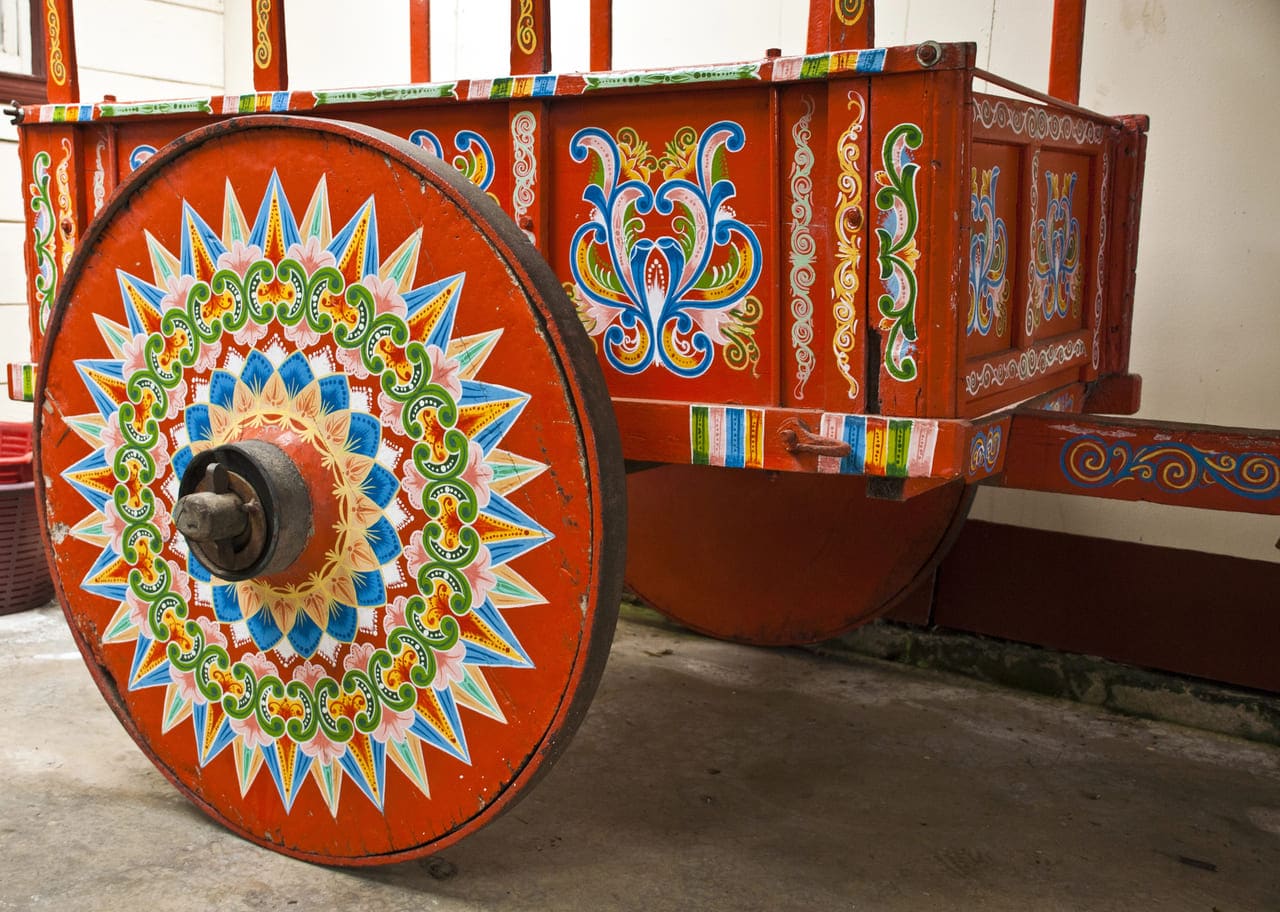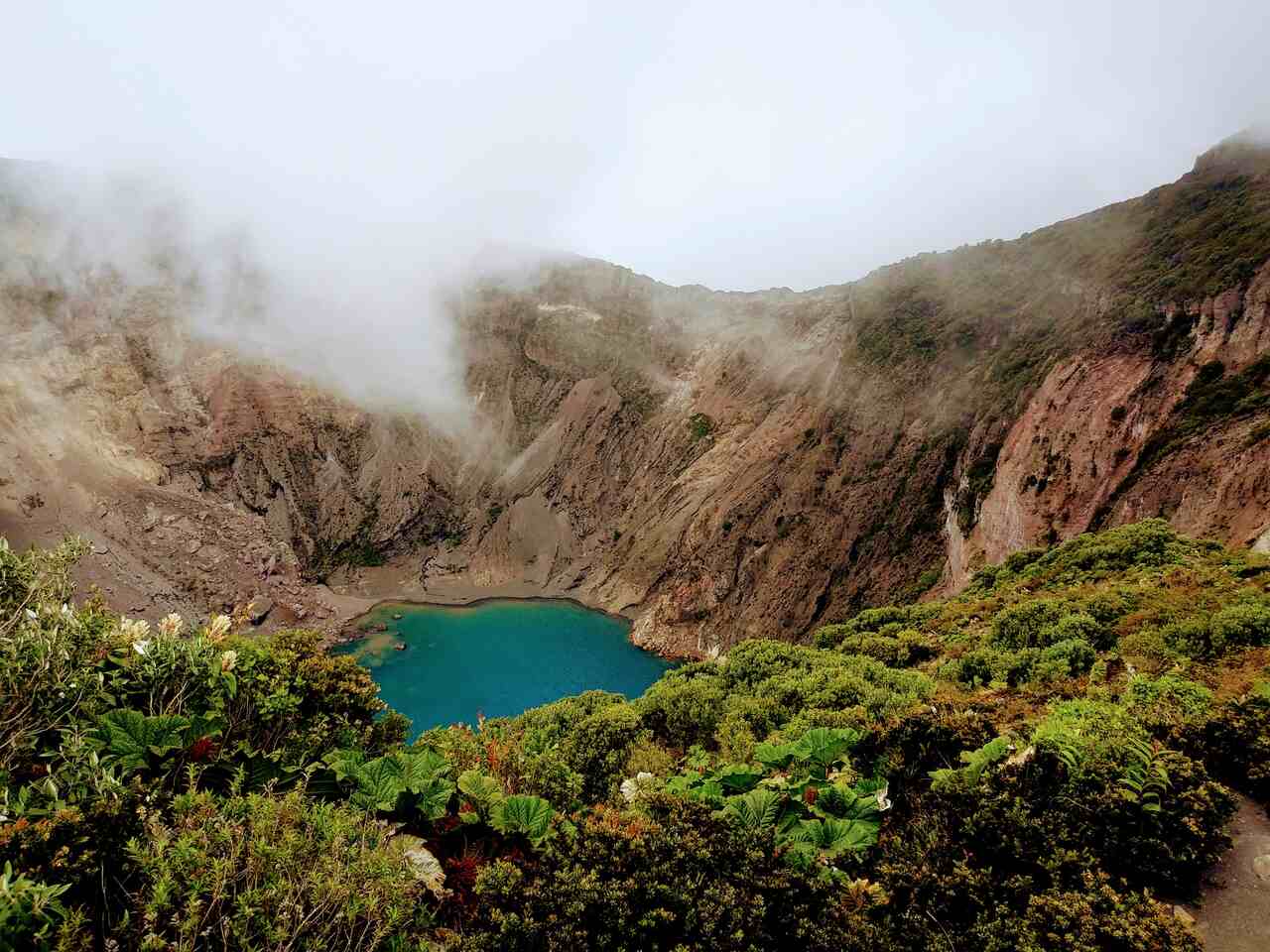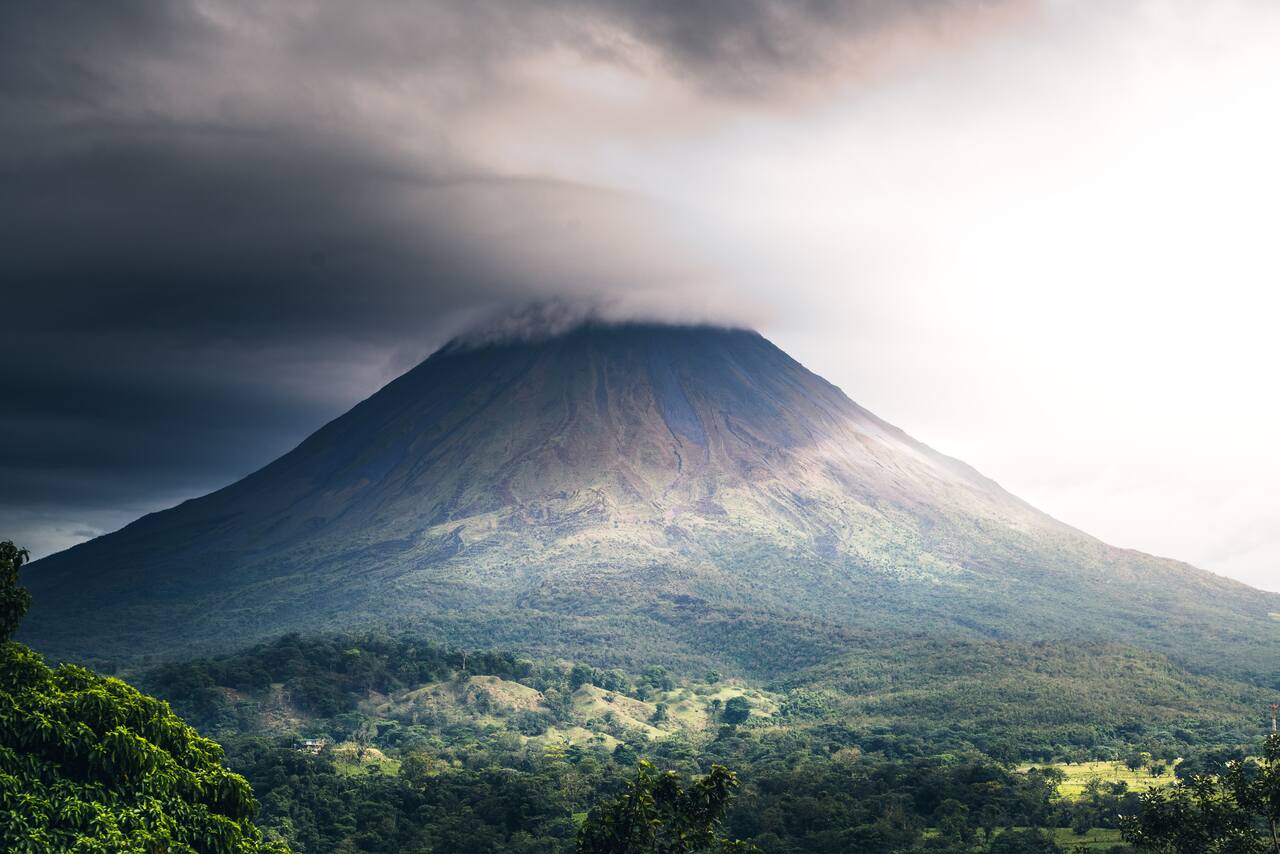
Captivating Traditions in Costa Rica You Have to Learn
DATE:
Imagine a land where vibrant colors, lively music, and heartwarming traditions blend seamlessly into the rhythm of daily life. This is Costa Rica, a Central American gem rich in culture and as diverse as its lush rainforests. Known for its stunning natural beauty, Costa Rica’s cultural landscape is equally captivating.
The Costa Rican way of life, embodied in the phrase “Pura Vida,” reflects a philosophy of joy, simplicity, and deep appreciation for life. In this article, we invite you on a journey to explore the soul of this remarkable nation. From the dazzling Festival de la Luz in the bustling streets of San Jose to the deeply rooted religious traditions that mark the calendar, Costa Rica’s customs and celebrations offer a window into the rich tapestry of history and the collective spirit of its people.
What is a Famous Tradition in Costa Rica?
The iconic Festival de la Luz. Held in the capital city of San Jose, this festival transforms the streets into a dazzling spectacle of lights, color, and joy. It’s a time when Costa Ricans, from young to old, gather to celebrate with carnival rides, live concerts, and a parade that lights up the night. This festival is a shining example of the vibrant spirit of Costa Rican citizens, illuminating the country’s love for life and community.
Costa Rican Desserts: A Sweet Slice of Tradition
In Costa Rica, food is more than just sustenance; it’s a celebration of culture and family togetherness. Among the array of Costa Rican cuisine, desserts hold a special place. From the creamy and tantalizing tres leches cake to the delightful arroz con leche, Costa Rican desserts are a testament to the country’s rich culinary heritage. Other Costa Rican desserts, such as charreada and mazamorra, offer a taste of tradition that is both comforting and irresistible.
Christmas Traditions: A Time of Joy and Reflection
Christmas Eve in Costa Rica is a time of magical celebration. Most Costa Ricans gather with family for the main Christmas meal, often featuring pork tamales wrapped in plantain leaves, a tradition passed down through generations. Nativity scenes, or patios, are lovingly crafted in homes, and at midnight, many attend the Misa de Gallo (Midnight Mass), a deeply rooted religious tradition. This season is a beautiful blend of festive joy and spiritual reflection, embodying the Costa Rican spirit of “Pura Vida.”
What are Costa Rica’s Customs and Traditions?
Costa Rica’s customs and traditions prominently include the Fiesta de los Diablitos, horseback riding parades, and vibrant Christmas celebrations. In regions like Santa Cruz and the Central Valley, these traditions reflect a deep connection to history and culture. The Fiesta de los Diablitos, rooted in indigenous beliefs, showcases elaborate costumes and traditional dances, symbolizing resistance and cultural endurance. Horseback riding parades, a common sight in many towns, celebrate rural heritage and community bonds. Christmas festivities, filled with joy and religious reverence, feature elaborate nativity scenes, midnight masses, and family gatherings, embodying the spirit of ‘Pura Vida’ that defines Costa Rican life.
In these cultural celebrations, traditional music, dance, and food play a central role, demonstrating the rich tapestry of Costa Rican culture shaped by historical, indigenous, and colonial influences. These customs not only provide a glimpse into the nation’s past but also continue to be a vibrant part of contemporary Costa Rican society.
Independence Day in Costa Rica
Independence Day in Costa Rica, celebrated on September 15th, is marked by nationwide festivities that include street parades, performances by school bands, and the display of the national colors. Throughout the country, from the Central Valley to the coastal towns, Costa Ricans unite to celebrate their national freedom and heritage. The day is filled with activities such as parades featuring dancers, flag bearers, and school bands, all coming together to create a vibrant display of Costa Rican culture and pride. The national anthem plays a central role in the festivities, symbolizing unity and patriotism. More than a commemoration of historical independence, this day embodies the resilience and spirit of the Costa Rican people, celebrating both their past achievements and present-day national identity.

Religious Traditions in Costa Rica
In a nation where many are devout Catholics, religious holidays hold great significance. Holy Week, or Semana Santa, is observed with solemn processions and religious ceremonies, reflecting the deep spiritual roots of the Costa Rican citizens. In indigenous communities, such as the Rey Curre village, the Fiesta de los Diablitos is a powerful expression of resistance against Spanish conquistadors, combining ancestral spirits, traditional costumes, and dances to tell a story of endurance and identity.
Semana Santa: A Week of Solemnity and Celebration
Holy Week, or Semana Santa, is one of the most important religious observances in Costa Rica. During this week, the entire country slows down, with many businesses closing to observe the occasion. The streets come alive with colorful processions, reenactments of the Passion of Christ, and somber religious ceremonies. This week reflects the deep spiritual devotion of Costa Ricans, culminating in Easter Sunday, a day of joyous celebration marking the resurrection of Christ.
The Virgin of Los Angeles: Patron Saint of Costa Rica
Another central figure in Costa Rican religious life is La Virgen de los Ángeles, the patron saint of Costa Rica. Each year on August 2nd, thousands of Costa Ricans, known as romeros, undertake an annual pilgrimage to the Basilica in Cartago to pay homage to this revered icon. This tradition, combining faith, gratitude, and community, exemplifies the deep Marian devotion present in Costa Rican Catholicism.
DID YOU KNOW…?
Costa Rica abolished its army in 1948. This unique decision, aimed at promoting peace and stability, allowed the country to invest more in education, healthcare, and environmental protection, shaping its reputation as a peaceful and progressive nation in Central America.
What are Family Traditions in Costa Rica?
Family is at the core of Costa Rican life, and this is beautifully reflected in their traditions. From the national horse parade, Tope Nacional de Caballos, where families gather to admire the best horses, to the serene tradition of setting up nativity scenes during the Christmas season, these customs strengthen family bonds. Even in everyday life, moments like sharing a cup of rum punch or enjoying a traditional meal together are cherished as vital aspects of family togetherness.
The Pulse of Costa Rican Festivities
Costa Rica’s calendar is dotted with festivals and cultural activities that bring communities together. The Carnaval Nacional and Festival de la Luz are just a few examples of how Costa Ricans embrace joy and togetherness. Whether it’s through the rhythms of marimba music, the excitement of carnival rides, or the splendor of a parade, these events are a testament to the vibrant and communal spirit of the Costa Rican people.
The Art of Costa Rican Storytelling: Legends and Folktales
A unique and interesting aspect of Costa Rican culture is its rich tradition of storytelling. The tales and legends passed down through generations are not just stories; they are the threads that connect Costa Ricans to their past, to the natural world, and each other. One such legend is that of the La Segua, a story that warns against the perils of lust and the importance of moral values. Then there’s the tale of El Cadejos, a mythical creature said to protect travelers during their nocturnal journeys. These stories, often shared during family gatherings or community events, are more than entertainment—they’re a window into the values, fears, and hopes of the Costa Rican people.
The Language of Dance: Traditional Costa Rican Dances
Dance in Costa Rica is a vibrant expression of cultural identity and history. Traditional dances like the Punto Guanacasteco and El Torito are not just performances; they are celebrations of life, storytelling in motion. These dances, often accompanied by marimba music, showcase the influence of indigenous, Spanish, and African cultures. In towns across Costa Rica, from San Jose to the remote corners of Guanacaste province, dance festivals offer a glimpse into the soul of the nation, where each step and rhythm tells a story of heritage and communal joy.
DID YOU KNOW…?
Costa Rica abolished its army in 1948. This unique decision, aimed at promoting peace and stability, allowed the country to invest more in education, healthcare, and environmental protection, shaping its reputation as a peaceful and progressive nation in Central America.

Wrapping Up
As we’ve explored, the traditions in Costa Rica are as diverse and colorful as the country’s natural wonders. From religious festivals to family gatherings, each custom weaves a story of history, unity, and cultural pride. At SpanishVIP, we understand the importance of embracing and understanding different cultures.
Whether you’re looking to deepen your connection with the Spanish language or explore the rich tapestry of Latin American traditions, our Dedicated Teachers and Student Success Advisors are here to guide you. Start with a free 1:1 class or enjoy free 7 days of group classes to begin your journey into the heart of Costa Rica’s captivating culture











